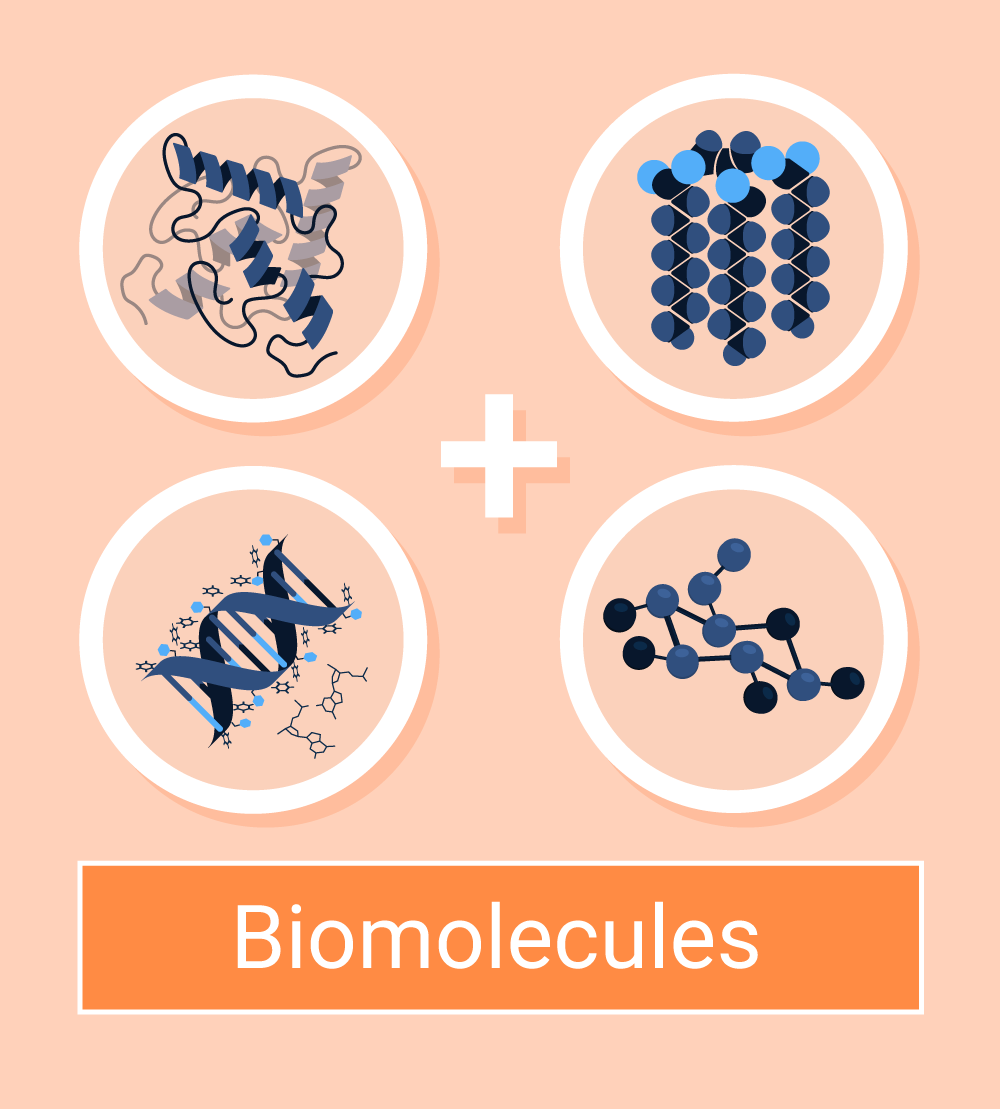Fullerenols (water-soluble derivatives of fullerenes), such as C60(OH)36, are biocompatible molecules with a high ability to scavenge reactive oxygen species (ROS), but the mechanism of their antioxidant action and cooperation with endogenous redox machinery remains unrecognized. Fullerenols rapidly distribute through blood cells; therefore, we investigated the effect of C60(OH)36 on the antioxidant defense system in erythrocytes… Continue reading The Effect of Fullerenol C60(OH)36 on the Antioxidant Defense System in Erythrocytes
The Effect of Fullerenol C60(OH)36 on the Antioxidant Defense System in Erythrocytes























